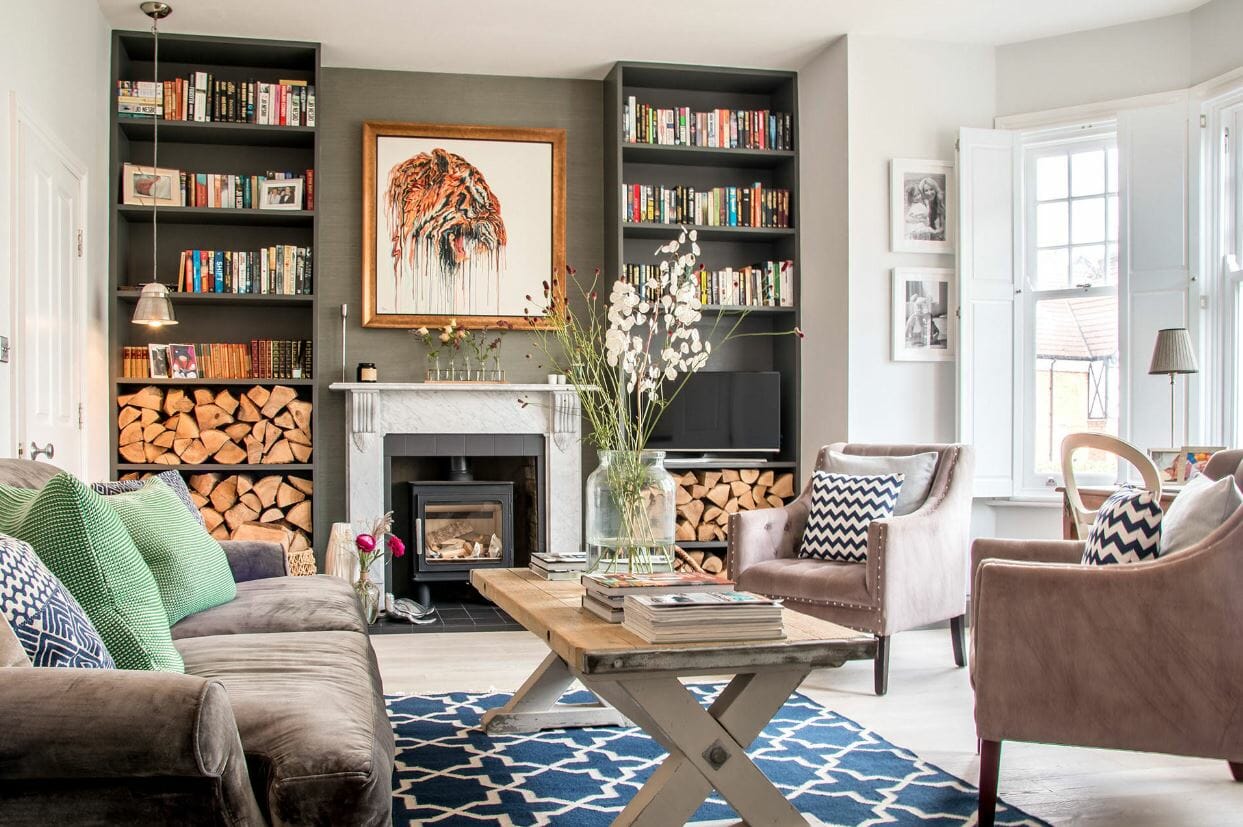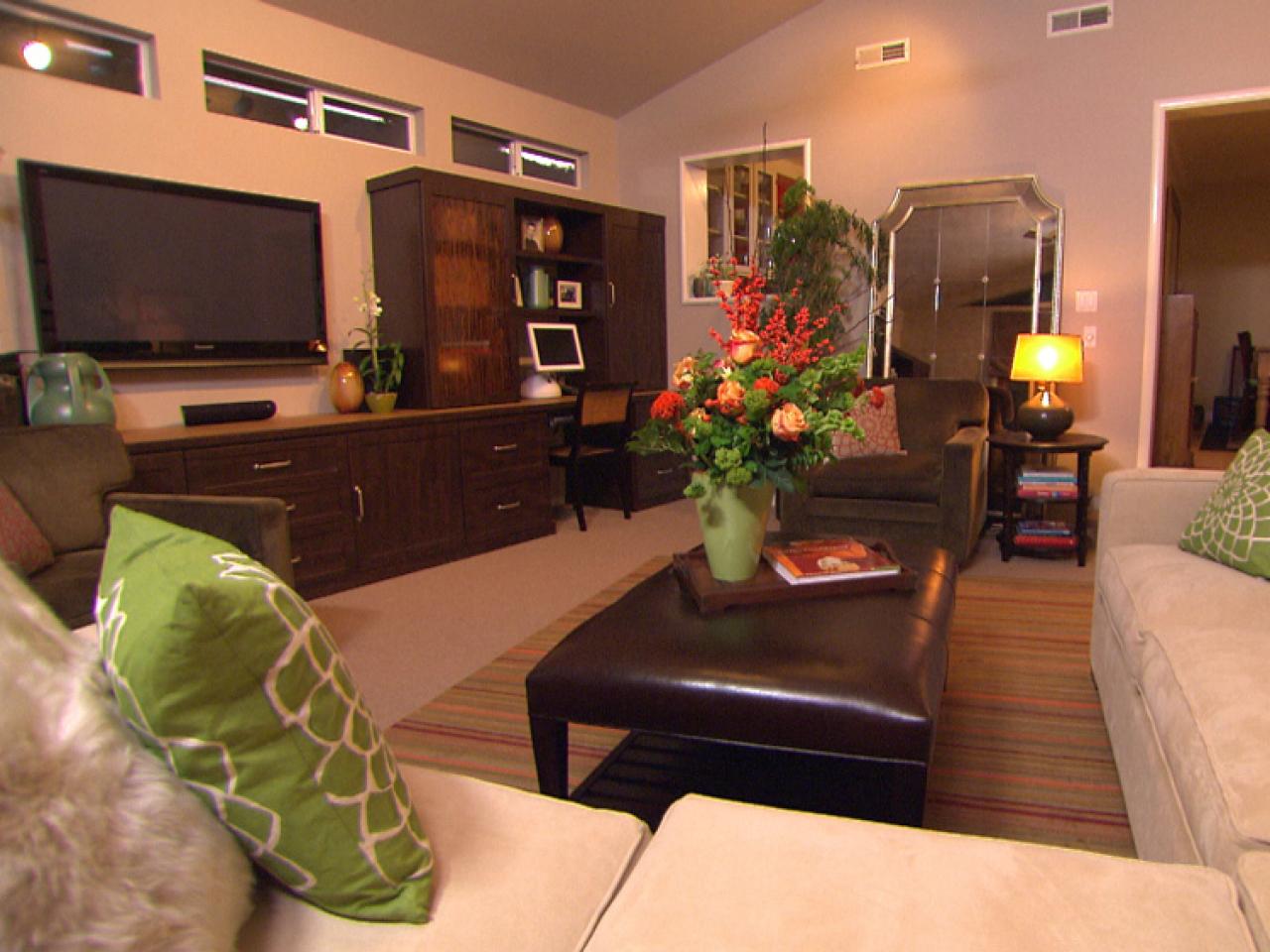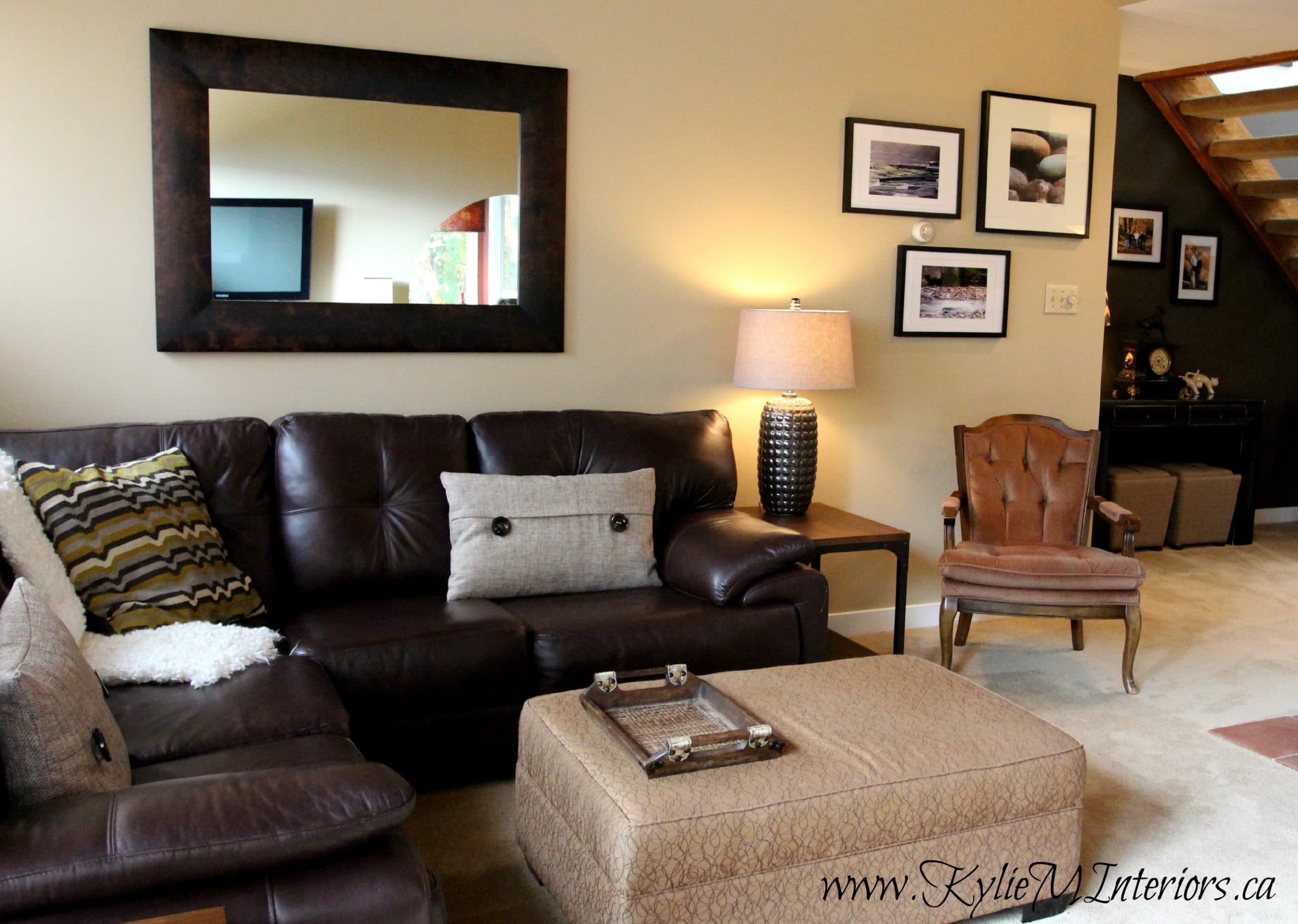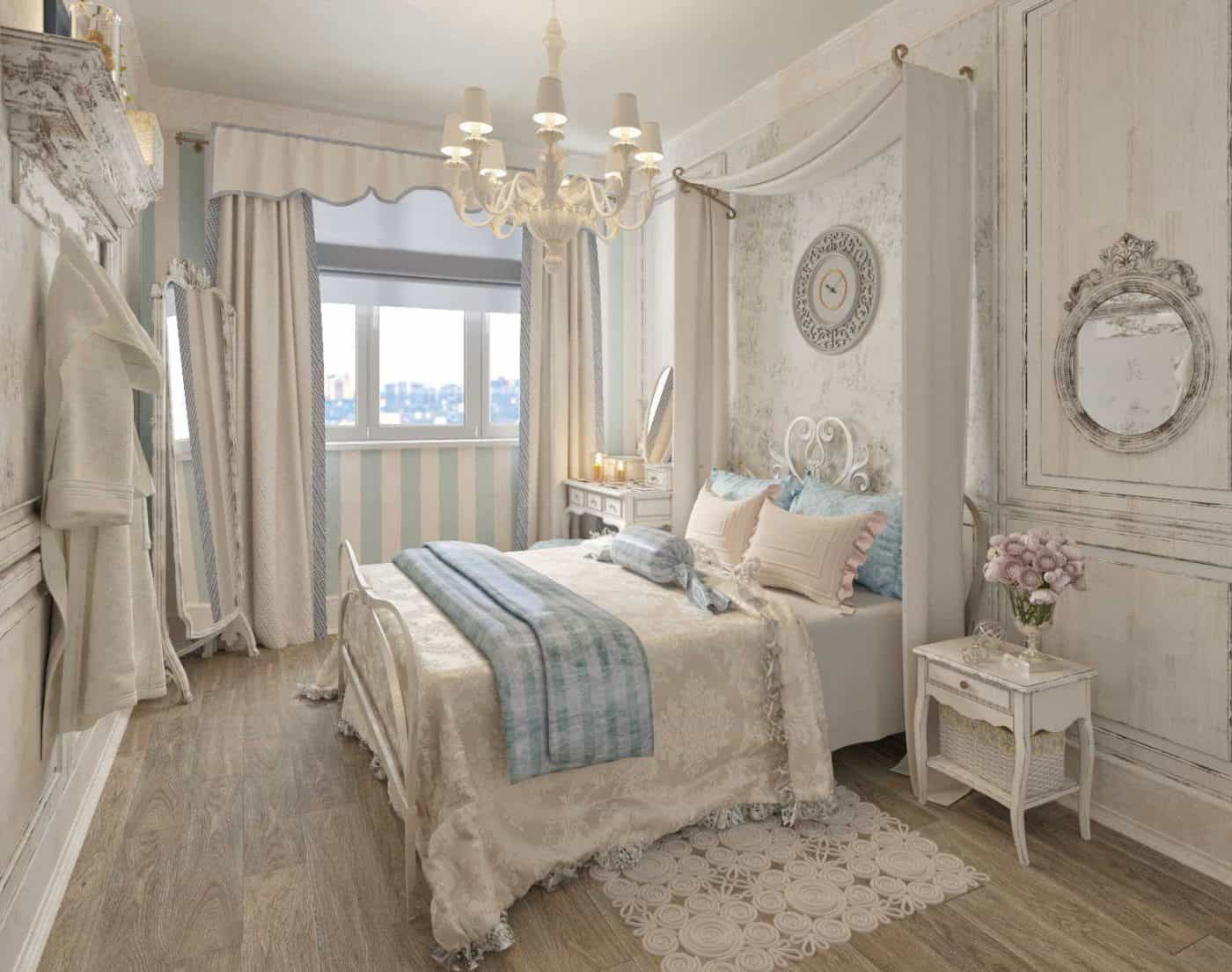When it comes to the layout and design of a house, there are certain rooms that serve specific purposes. The receiving room and living room are often confused with one another, as they both seem to be designated for hosting guests and entertaining. However, there are some key differences between the two that are worth understanding in order to make the most out of these spaces in your home. Receiving Room vs Living Room: What's the Difference?
A receiving room, also known as a front room or parlor, is a space in the house that is used for welcoming and entertaining guests. It is typically located near the entrance of the house and is meant to make a good first impression on visitors. In the past, receiving rooms were a symbol of wealth and were often decorated with luxurious furniture and decor. Understanding the Purpose of a Receiving Room
On the other hand, a living room is a more casual space that is used for everyday activities such as watching TV, reading, or spending time with family and friends. It is usually located in a central part of the house, and its main purpose is to provide a comfortable and relaxing environment for the household members to unwind and socialize. The Function of a Living Room
As mentioned earlier, receiving rooms were traditionally designed to impress guests and showcase the homeowner's status. Therefore, they are usually more formal and grand in appearance. Some key features that you may find in a receiving room include elaborate chandeliers, expensive furniture, and delicate decor pieces. Key Features of a Receiving Room
When it comes to designing a living room, functionality is key. This is a space where you and your family will spend a lot of time, so it's important to create a layout that works for your lifestyle. Consider the activities that will take place in the living room and choose furniture and decor that will support those activities. For example, if you enjoy movie nights, invest in a comfortable couch and a big screen TV. If you like to read, create a cozy reading nook with a comfortable chair and good lighting. Designing a Functional Living Room
Just because a receiving room is meant to impress guests doesn't mean it can't serve a practical purpose as well. One way to make the most out of this space is by incorporating storage solutions. You can use decorative storage boxes to hide away clutter or add shelves to display your favorite books or decor pieces. You can also use the receiving room as a home office or study, creating a functional and stylish workspace for yourself. How to Use Your Receiving Room for Maximum Efficiency
While a receiving room may be more formal and impressive, a living room should be warm, inviting, and comfortable. To achieve this, incorporate soft textures, warm colors, and personal touches into the design. Add cozy blankets and throw pillows to the couch, hang family photos on the walls, and display items that reflect your personal style and interests. Creating a Cozy and Inviting Living Room
Both a receiving room and living room serve different purposes, but having both can greatly benefit your home. A receiving room allows you to make a good first impression on guests and have a designated space for entertaining, while a living room provides a comfortable and functional space for everyday activities. Having both also gives you the flexibility to use one room for a specific purpose, such as a home office, while using the other for its intended purpose. The Benefits of Having Both a Receiving Room and Living Room
Deciding between a receiving room and living room ultimately depends on your lifestyle and personal preferences. If you frequently host guests and enjoy formal gatherings, a receiving room may be a good fit for you. However, if you prefer a more relaxed and casual atmosphere, a living room may be more suitable. In the end, it's important to design your home in a way that works for you and your family. Receiving Room vs Living Room: Which One Do You Need?
To make the most out of both your receiving room and living room, here are some tips for organizing and decorating these spaces: Tips for Organizing and Decorating Your Receiving Room and Living Room
The Difference Between a Receiving Room and a Living Room

Introduction
 When it comes to designing a house, every room has a specific purpose and function. The receiving room and living room are two common areas in a house that often get confused with one another. While they may seem similar, there are distinct differences between the two. In this article, we will explore the differences between a receiving room and a living room and how they can enhance the overall design of a house.
When it comes to designing a house, every room has a specific purpose and function. The receiving room and living room are two common areas in a house that often get confused with one another. While they may seem similar, there are distinct differences between the two. In this article, we will explore the differences between a receiving room and a living room and how they can enhance the overall design of a house.
What is a Receiving Room?
 A receiving room, also known as a reception room, is a space in a house that is used for welcoming guests. It is typically located near the entrance of the house and is the first room that visitors see when they enter. The main purpose of a receiving room is to provide a comfortable and inviting space for guests to wait before being invited into the main living area.
Featured Keywords: receiving room, reception room, welcoming guests
A receiving room, also known as a reception room, is a space in a house that is used for welcoming guests. It is typically located near the entrance of the house and is the first room that visitors see when they enter. The main purpose of a receiving room is to provide a comfortable and inviting space for guests to wait before being invited into the main living area.
Featured Keywords: receiving room, reception room, welcoming guests
Design and Functionality
 A receiving room is designed to be aesthetically pleasing and create a good first impression. It often features elegant furniture, such as a sofa, armchairs, and a coffee table. The decor is usually more formal and may include artwork, mirrors, and plants. The room is also well-lit, with natural light or strategic lighting to create a warm and welcoming atmosphere.
The functionality of a receiving room is to provide a comfortable space for guests to relax and wait. It is a less private area of the house compared to the living room and is used for short periods of time. As such, it does not have as many amenities as a living room, such as a television or bookshelves.
Featured Keywords: elegant furniture, formal decor, warm atmosphere, comfortable space
A receiving room is designed to be aesthetically pleasing and create a good first impression. It often features elegant furniture, such as a sofa, armchairs, and a coffee table. The decor is usually more formal and may include artwork, mirrors, and plants. The room is also well-lit, with natural light or strategic lighting to create a warm and welcoming atmosphere.
The functionality of a receiving room is to provide a comfortable space for guests to relax and wait. It is a less private area of the house compared to the living room and is used for short periods of time. As such, it does not have as many amenities as a living room, such as a television or bookshelves.
Featured Keywords: elegant furniture, formal decor, warm atmosphere, comfortable space
What is a Living Room?
 A living room, also known as a family room, is a space in a house that is used for everyday living. It is usually located in the central part of the house and is often the largest room. The main purpose of a living room is to provide a comfortable and functional space for the family to spend time together, entertain guests, and relax.
Featured Keywords: living room, family room, everyday living, functional space
A living room, also known as a family room, is a space in a house that is used for everyday living. It is usually located in the central part of the house and is often the largest room. The main purpose of a living room is to provide a comfortable and functional space for the family to spend time together, entertain guests, and relax.
Featured Keywords: living room, family room, everyday living, functional space
Design and Functionality
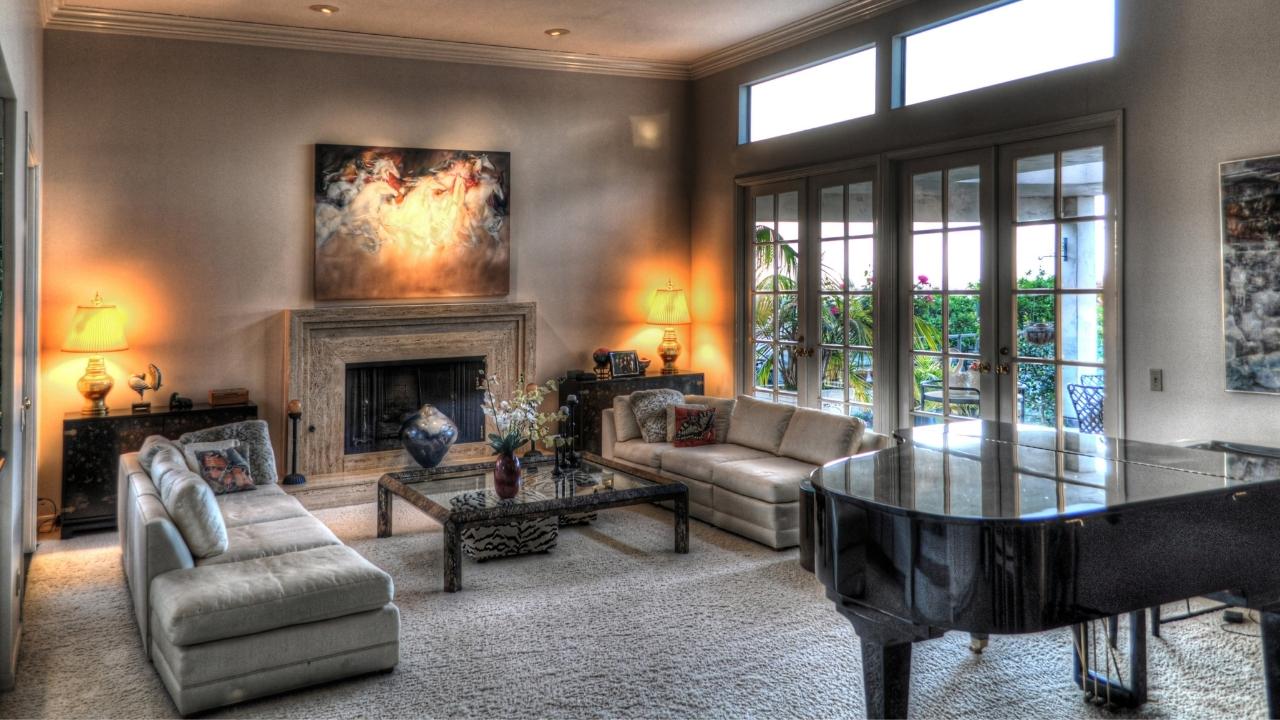 A living room is designed to be a versatile and multi-functional space. It is usually furnished with comfortable seating, such as a sofa, armchairs, and ottomans. The decor is often more casual and reflects the personal style of the family. The room is also equipped with amenities such as a television, bookshelves, and storage space.
The functionality of a living room is to provide a space for the family to gather and spend time together. It is also used for entertaining guests, whether it be watching a movie, playing board games, or having a conversation. As such, a living room is a more private area of the house and is used for longer periods of time compared to a receiving room.
Featured Keywords: versatile, multi-functional, casual decor, personal style
A living room is designed to be a versatile and multi-functional space. It is usually furnished with comfortable seating, such as a sofa, armchairs, and ottomans. The decor is often more casual and reflects the personal style of the family. The room is also equipped with amenities such as a television, bookshelves, and storage space.
The functionality of a living room is to provide a space for the family to gather and spend time together. It is also used for entertaining guests, whether it be watching a movie, playing board games, or having a conversation. As such, a living room is a more private area of the house and is used for longer periods of time compared to a receiving room.
Featured Keywords: versatile, multi-functional, casual decor, personal style
The Key Differences
 While both a receiving room and a living room serve the purpose of providing a welcoming and comfortable space, there are a few key differences between the two. A receiving room is more formal and used for short periods of time, while a living room is more casual and used for everyday living. Additionally, a receiving room is located near the entrance of the house, while a living room is in the central part of the house.
While both a receiving room and a living room serve the purpose of providing a welcoming and comfortable space, there are a few key differences between the two. A receiving room is more formal and used for short periods of time, while a living room is more casual and used for everyday living. Additionally, a receiving room is located near the entrance of the house, while a living room is in the central part of the house.
In Conclusion
 In summary, a receiving room and living room are two distinct spaces in a house that serve different purposes. A receiving room is a formal and inviting space for guests to wait, while a living room is a casual and functional space for everyday living. By understanding the differences between the two, homeowners can design their house to meet their specific needs and enhance the overall living experience.
In summary, a receiving room and living room are two distinct spaces in a house that serve different purposes. A receiving room is a formal and inviting space for guests to wait, while a living room is a casual and functional space for everyday living. By understanding the differences between the two, homeowners can design their house to meet their specific needs and enhance the overall living experience.


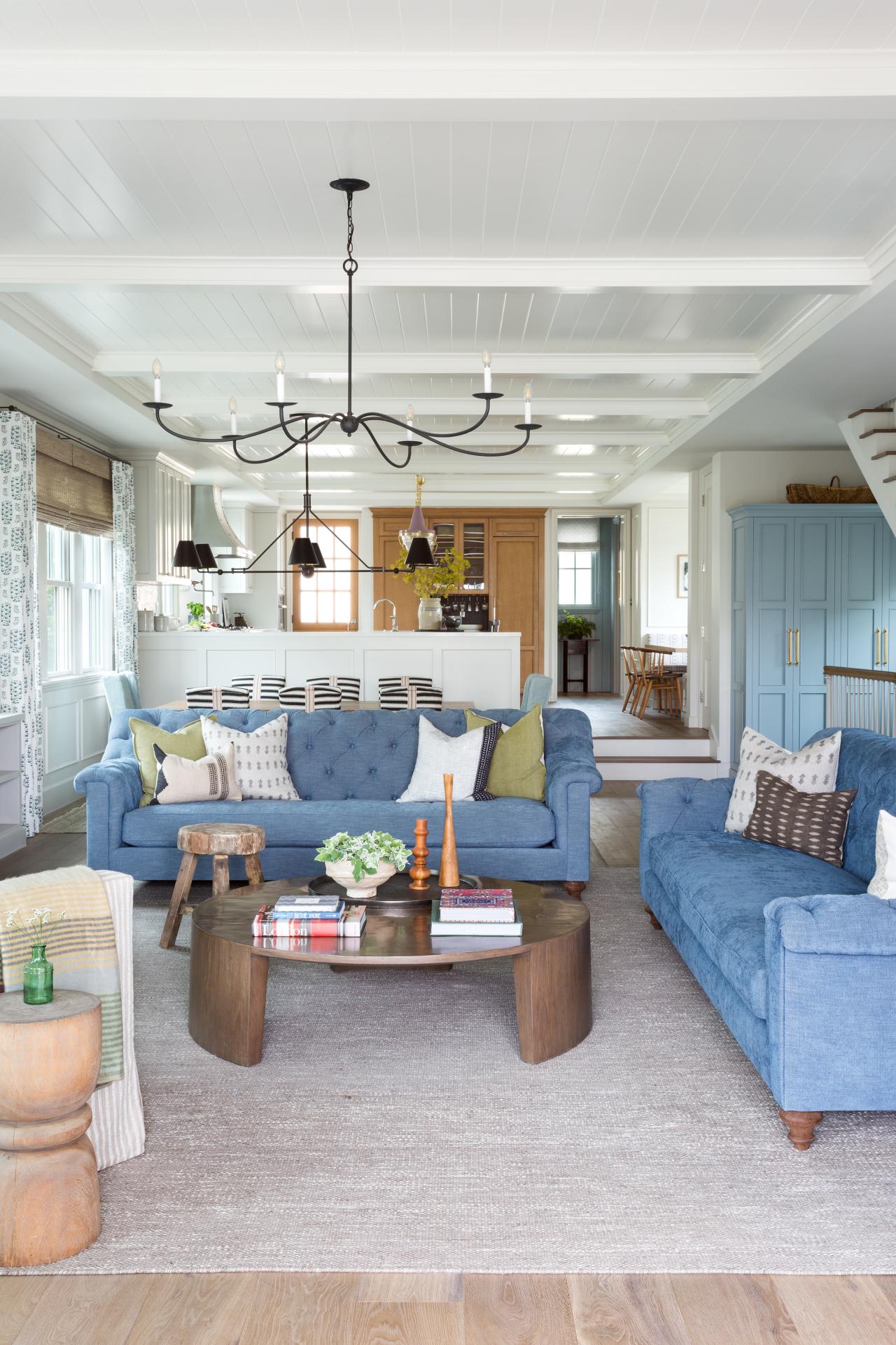

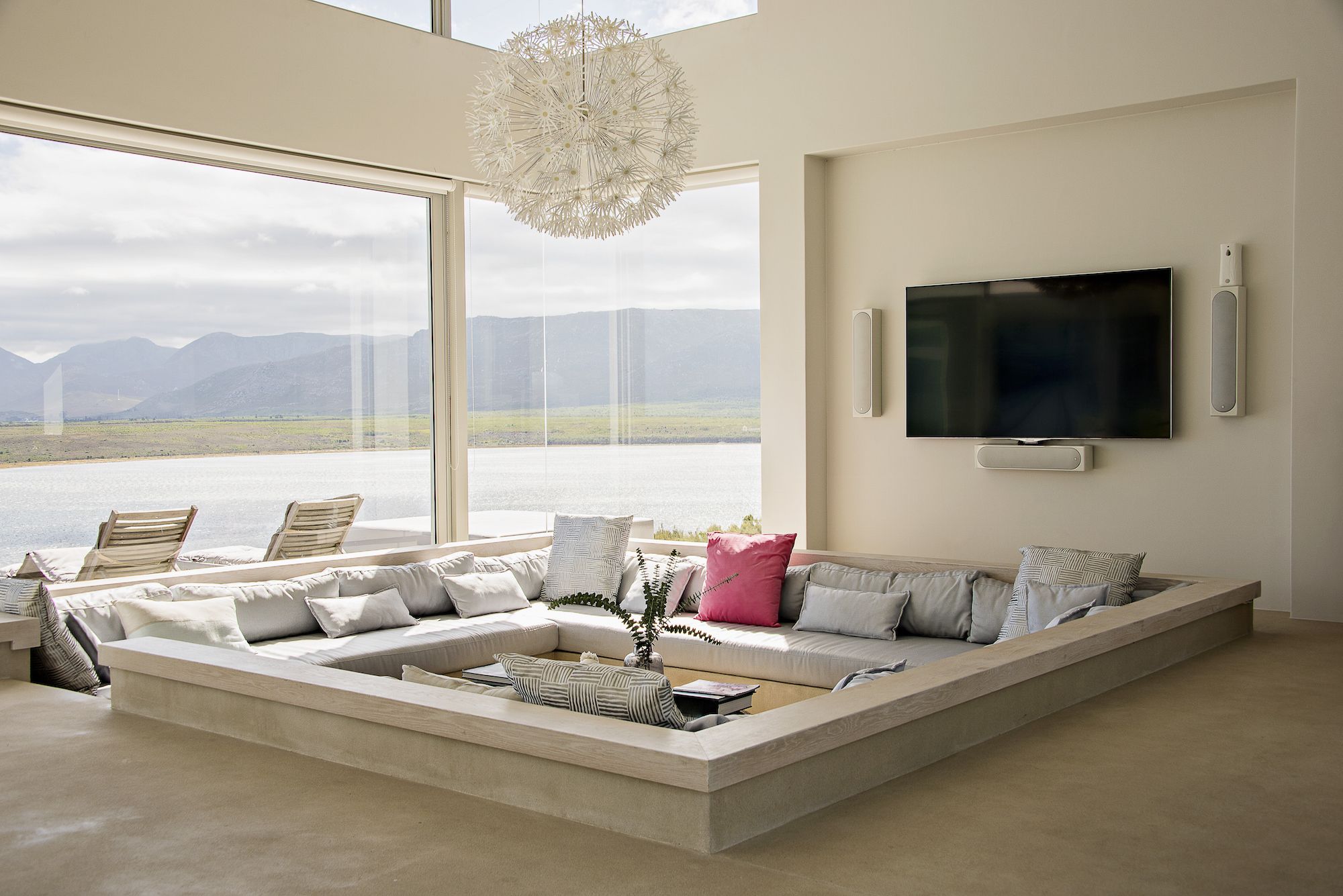














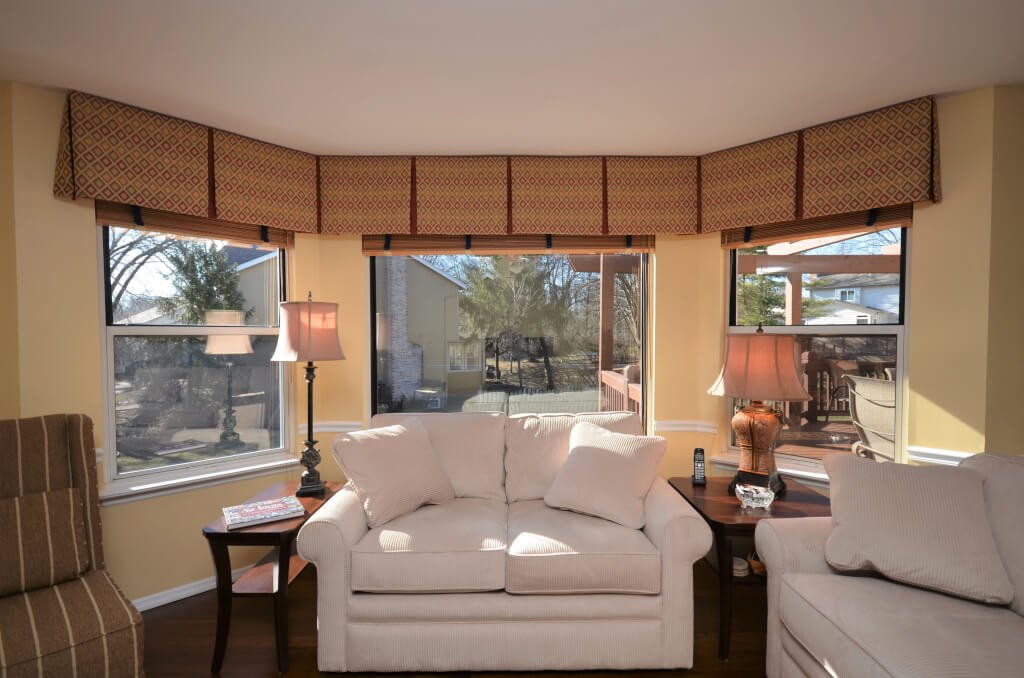
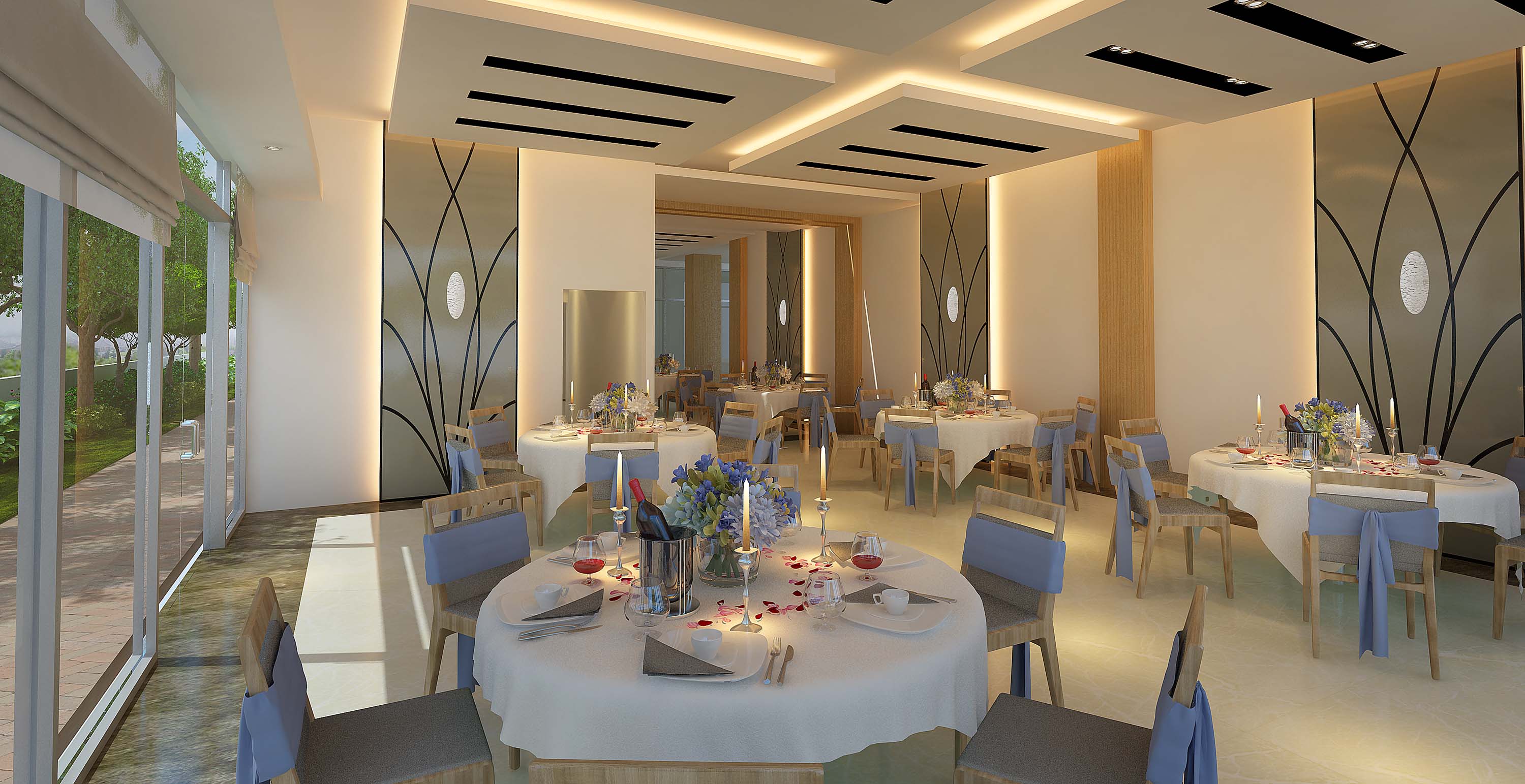
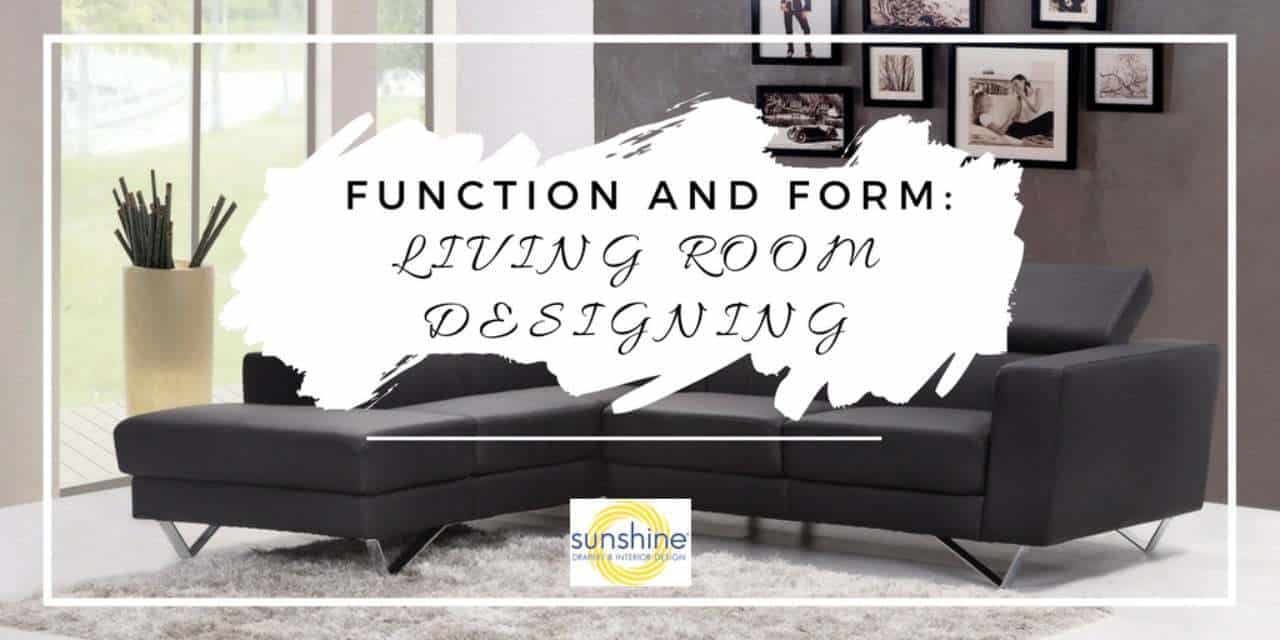



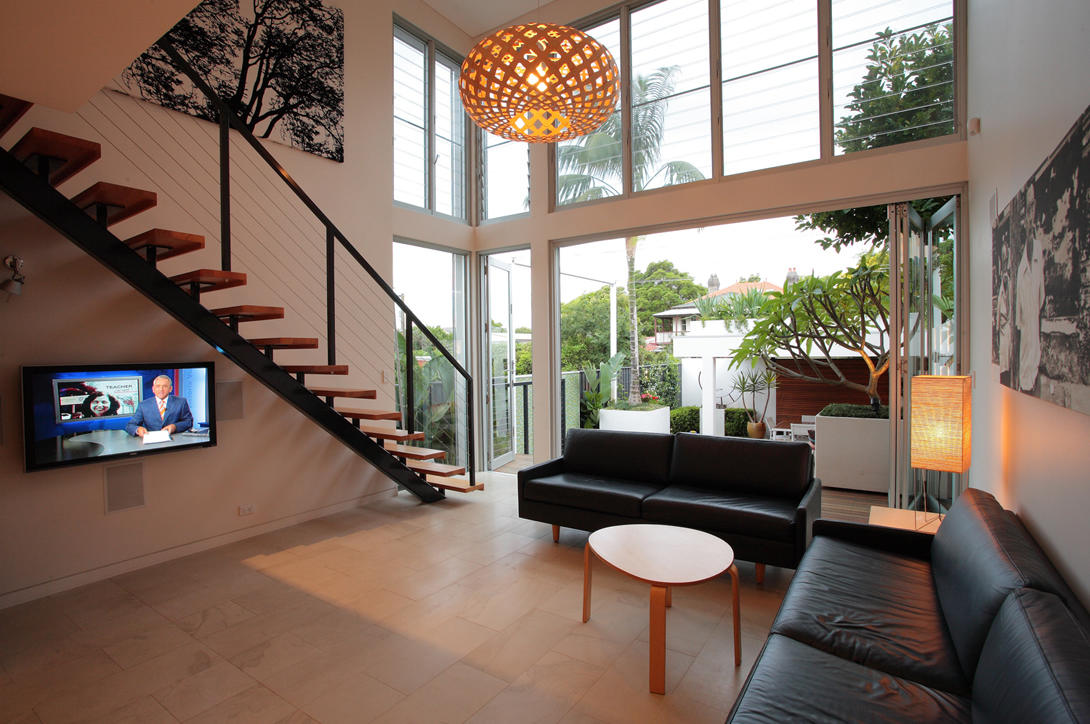



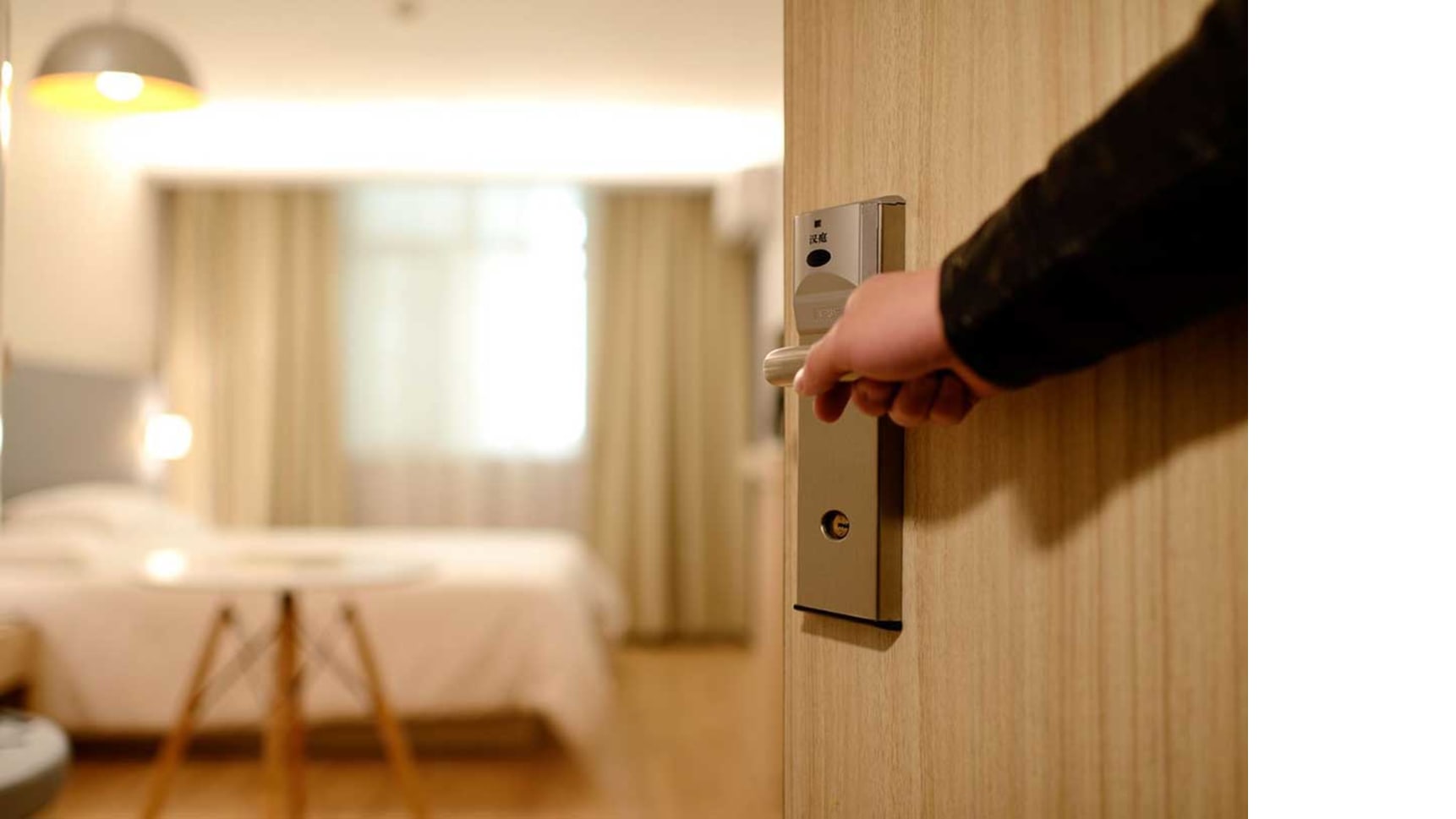







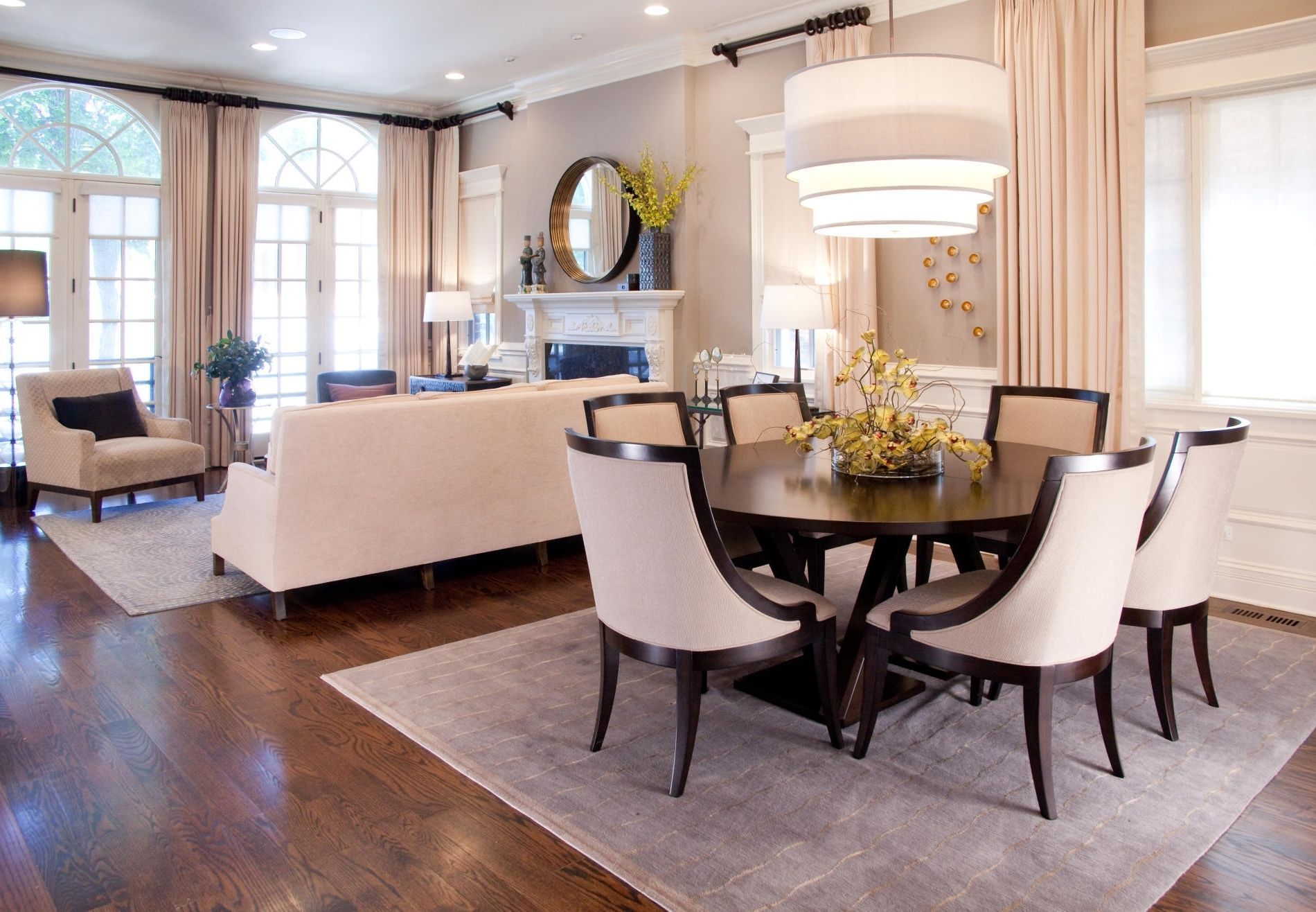




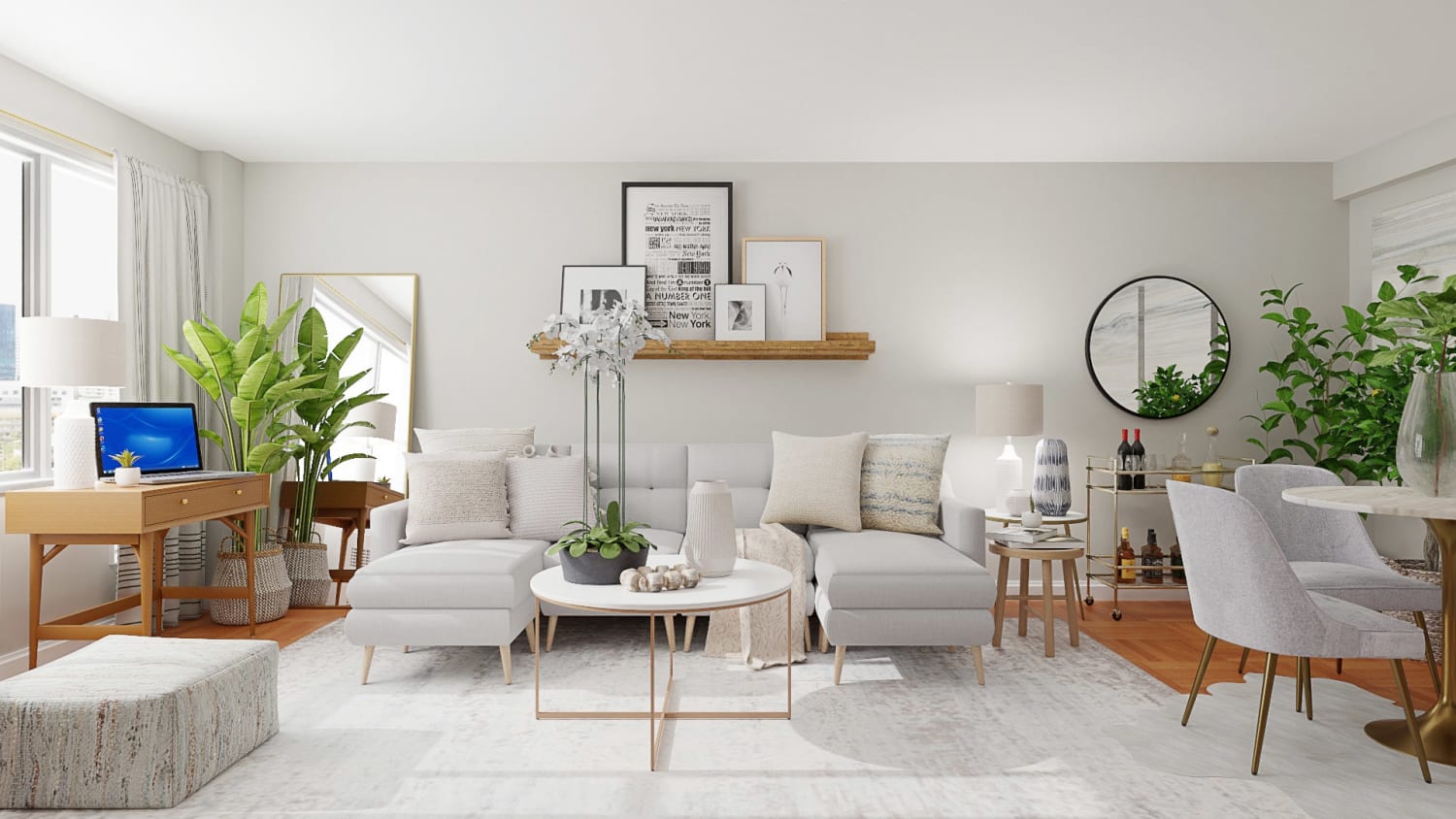
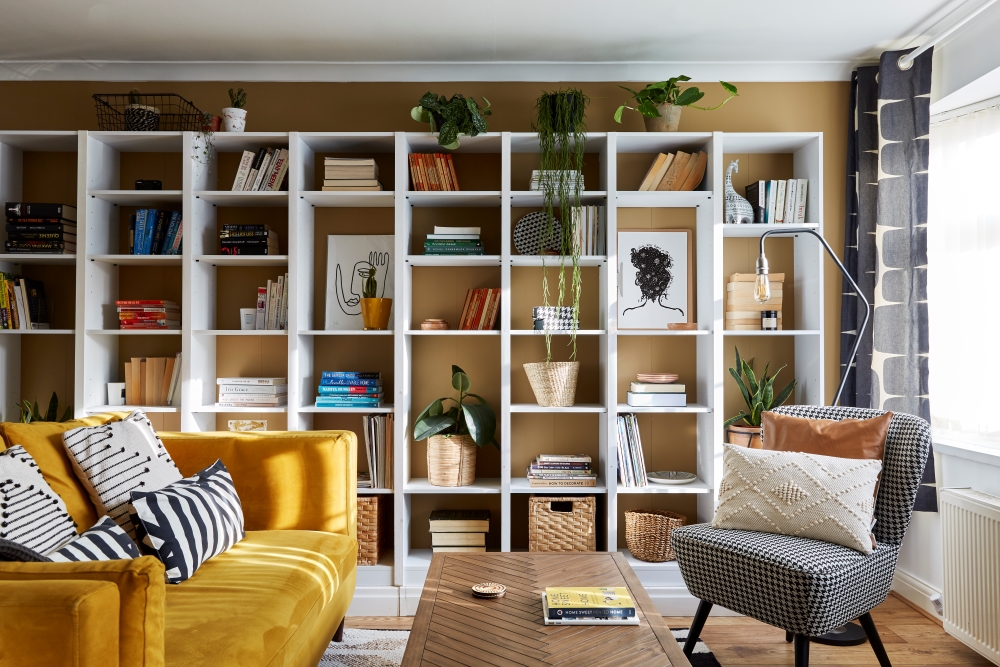
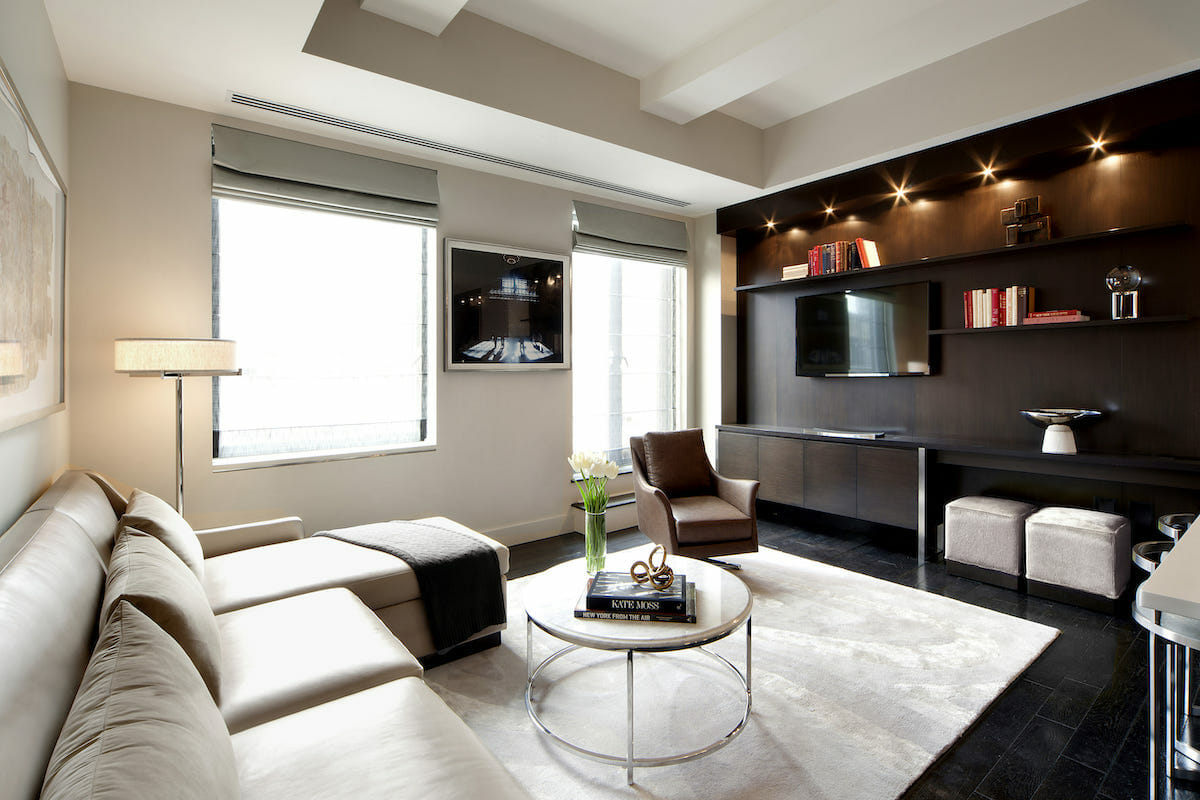









:max_bytes(150000):strip_icc()/efficiency.asp-Final-e6a7e97286ac49e1a914471a731c2582.jpg)

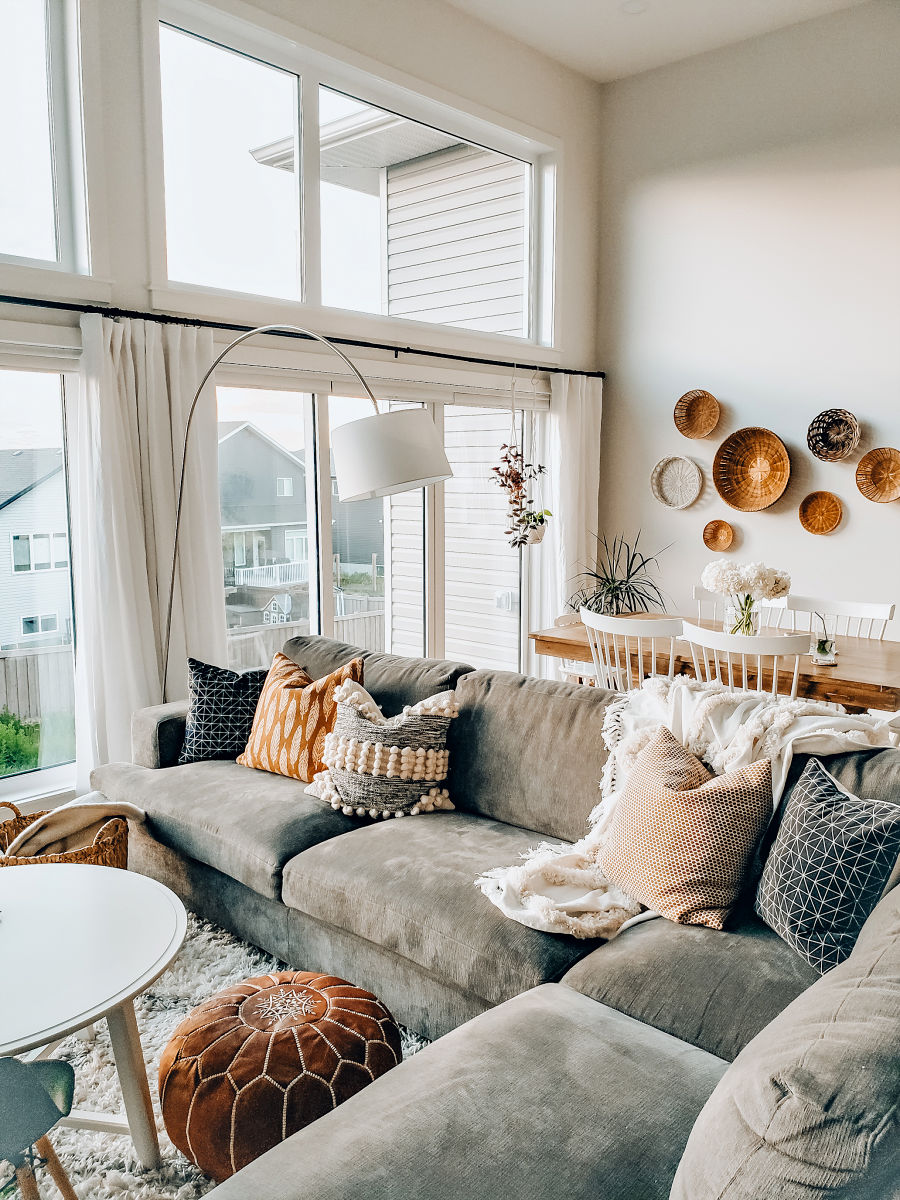
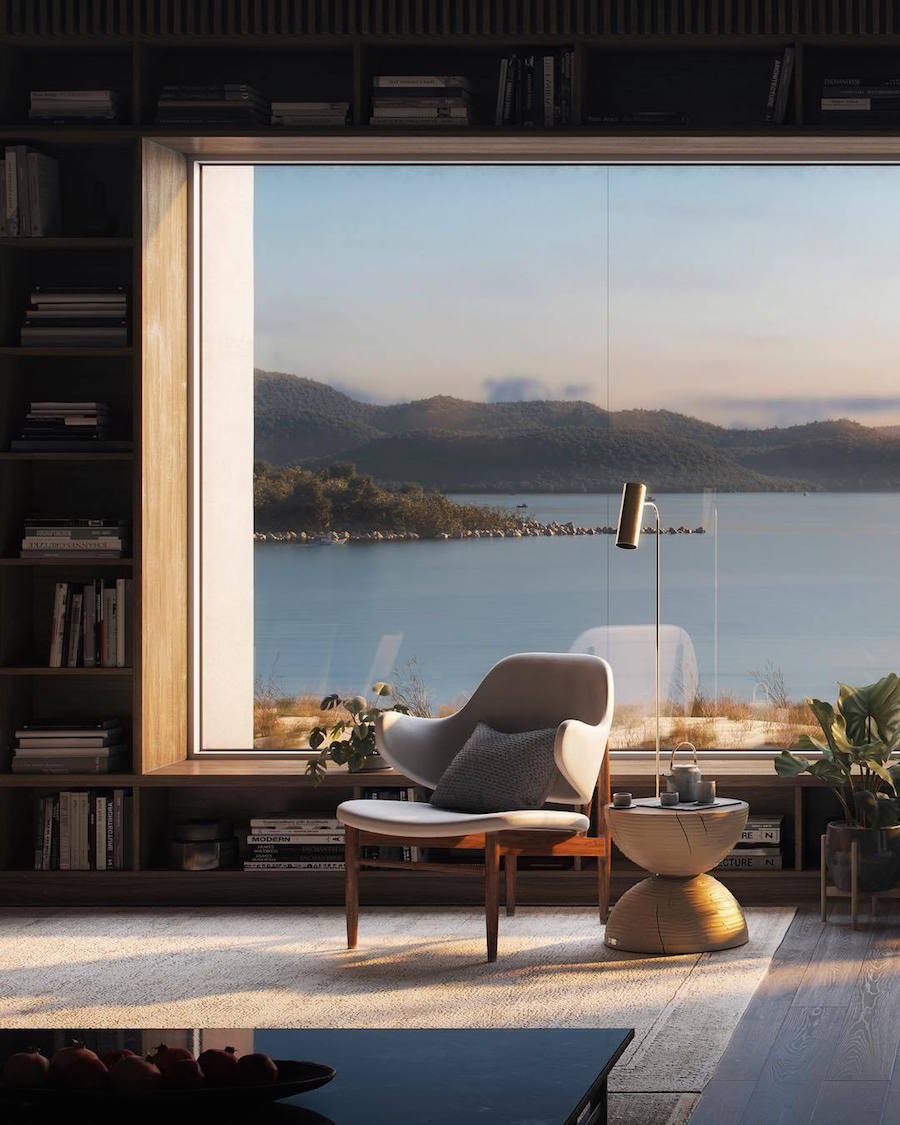
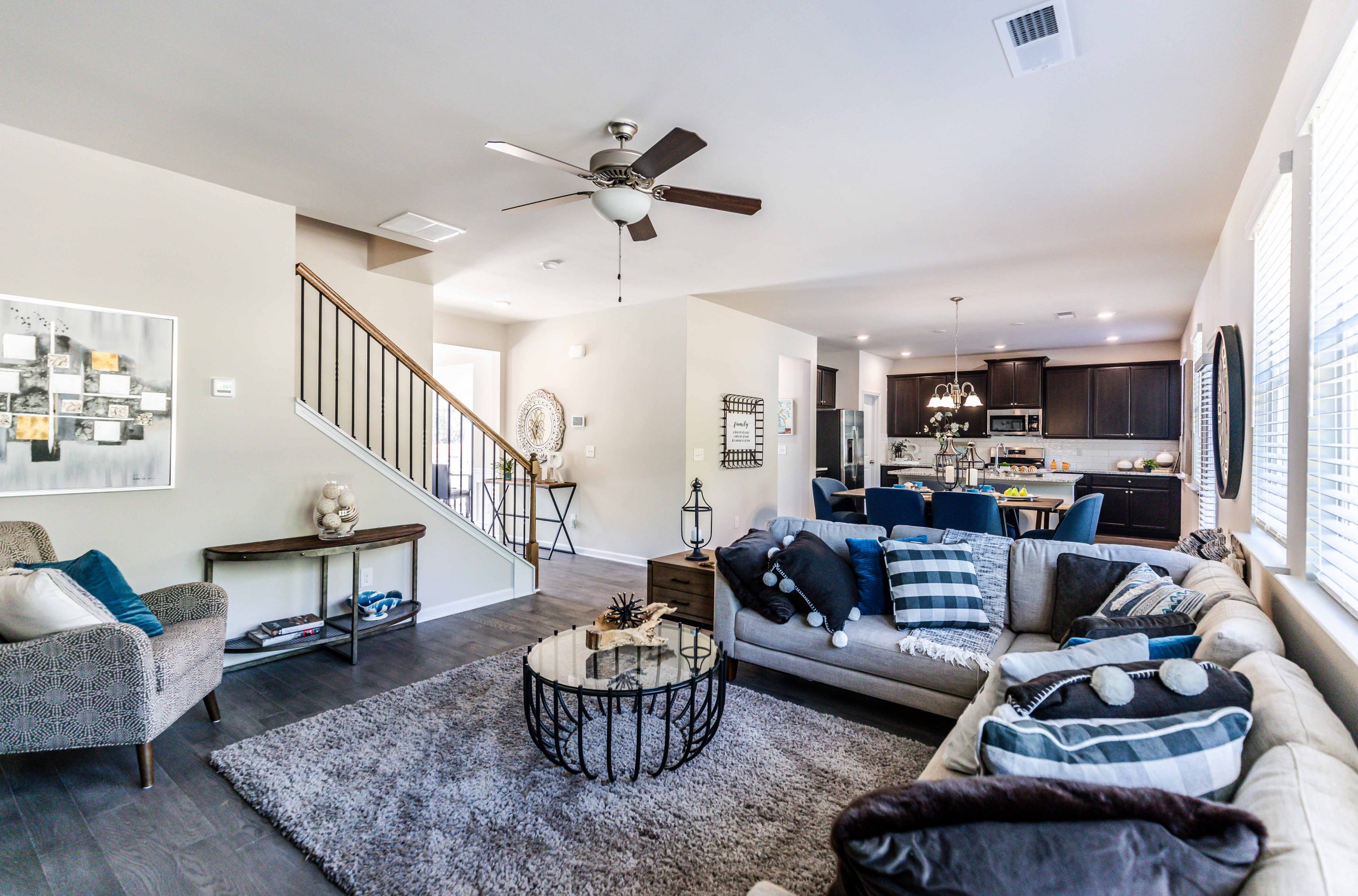
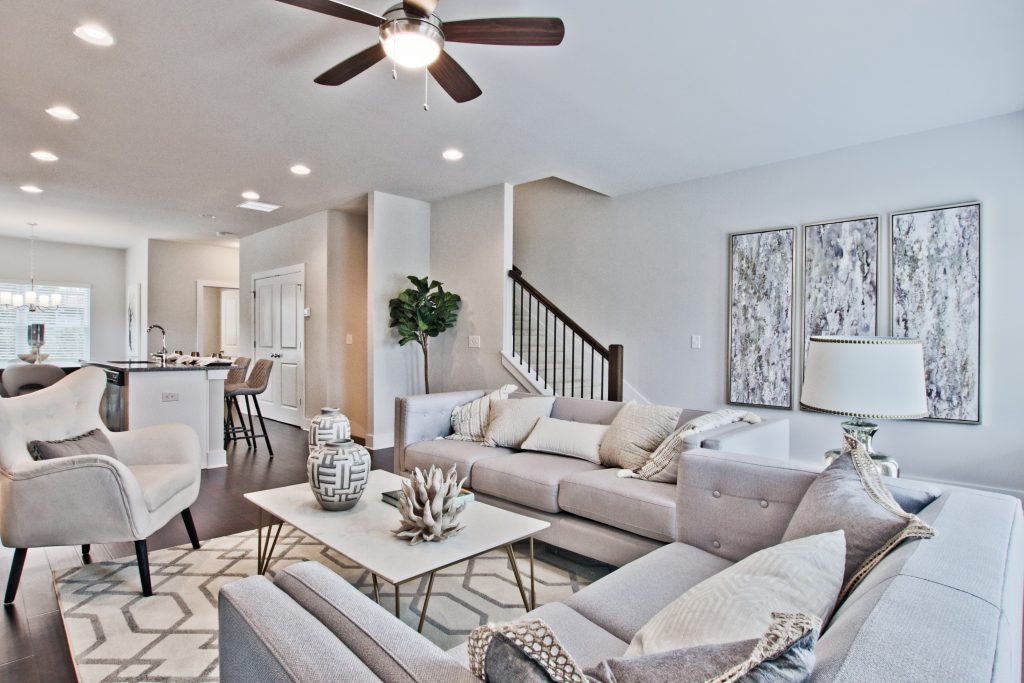

:max_bytes(150000):strip_icc()/orestudios_lonemadrone_05-0294eeaf854c4d8ebf34d13990996973.jpg)
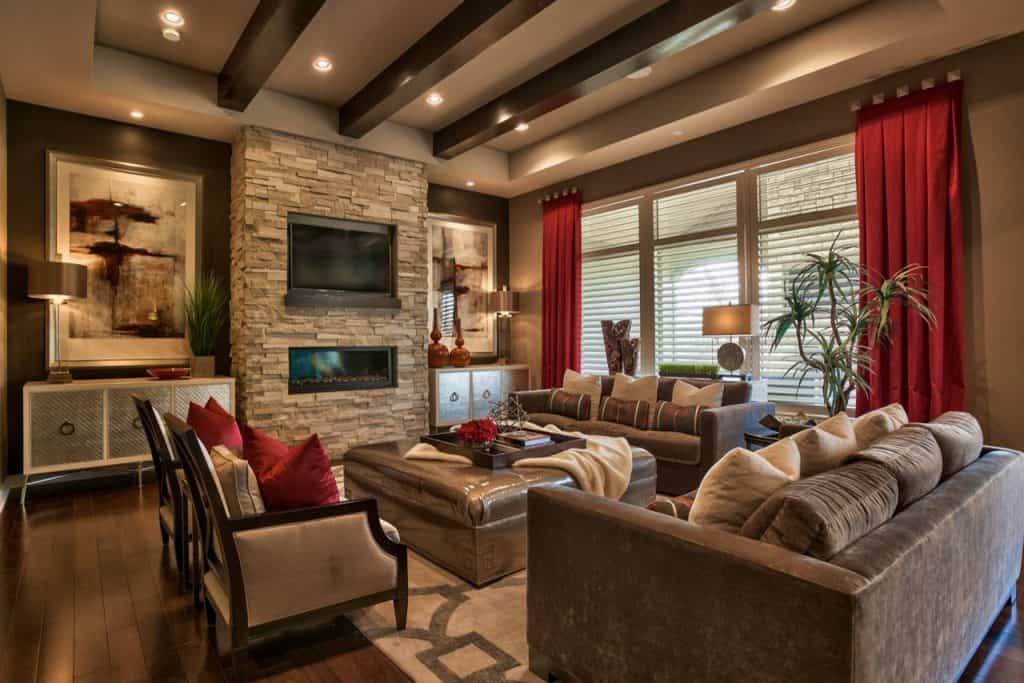


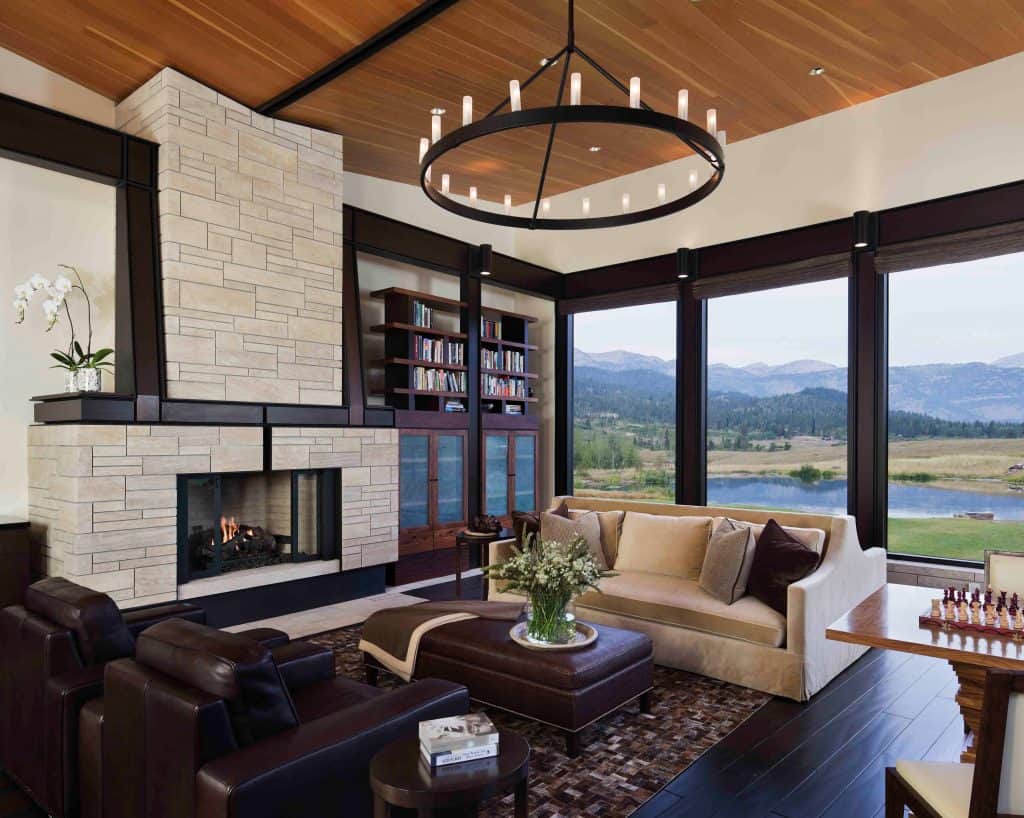







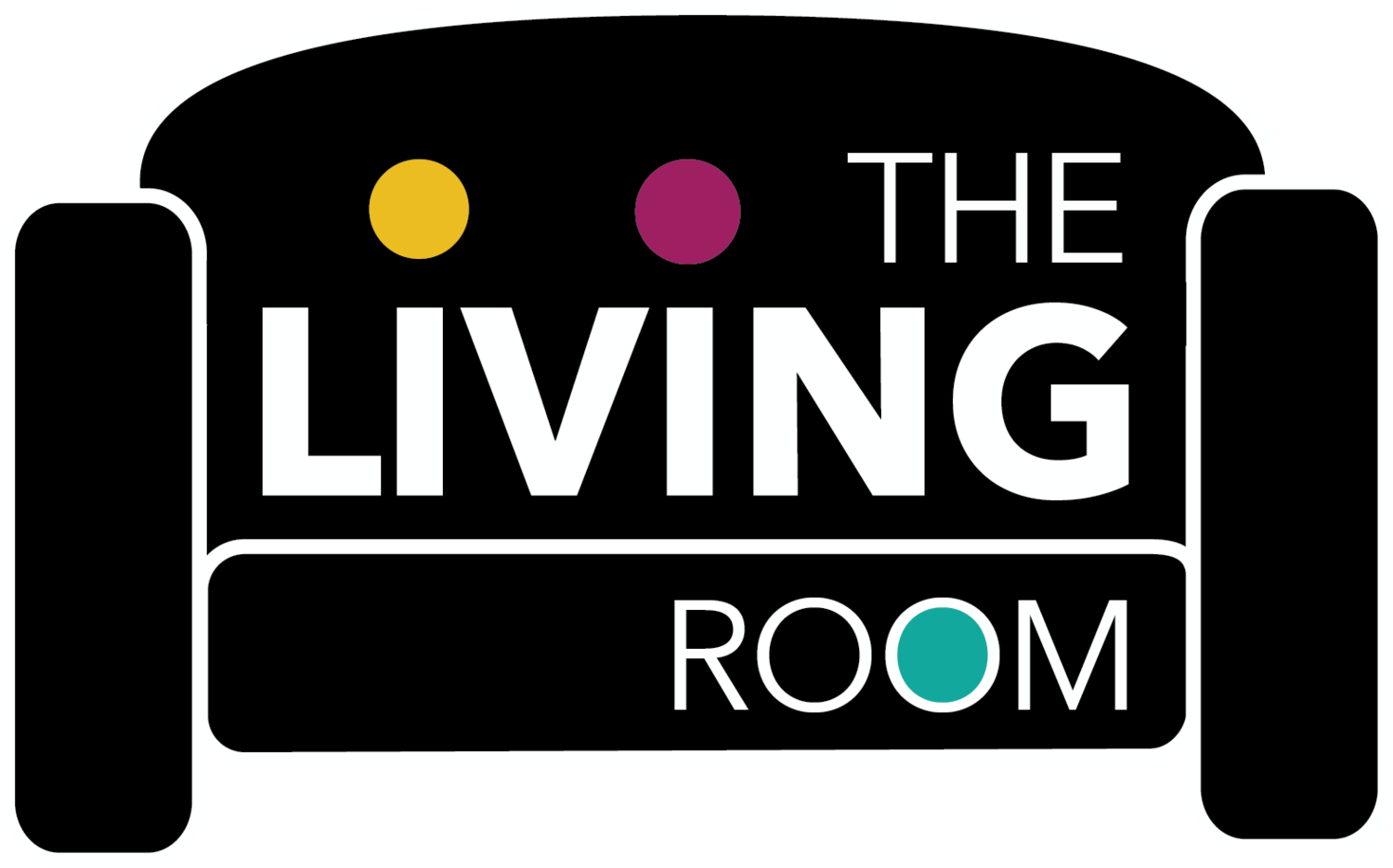



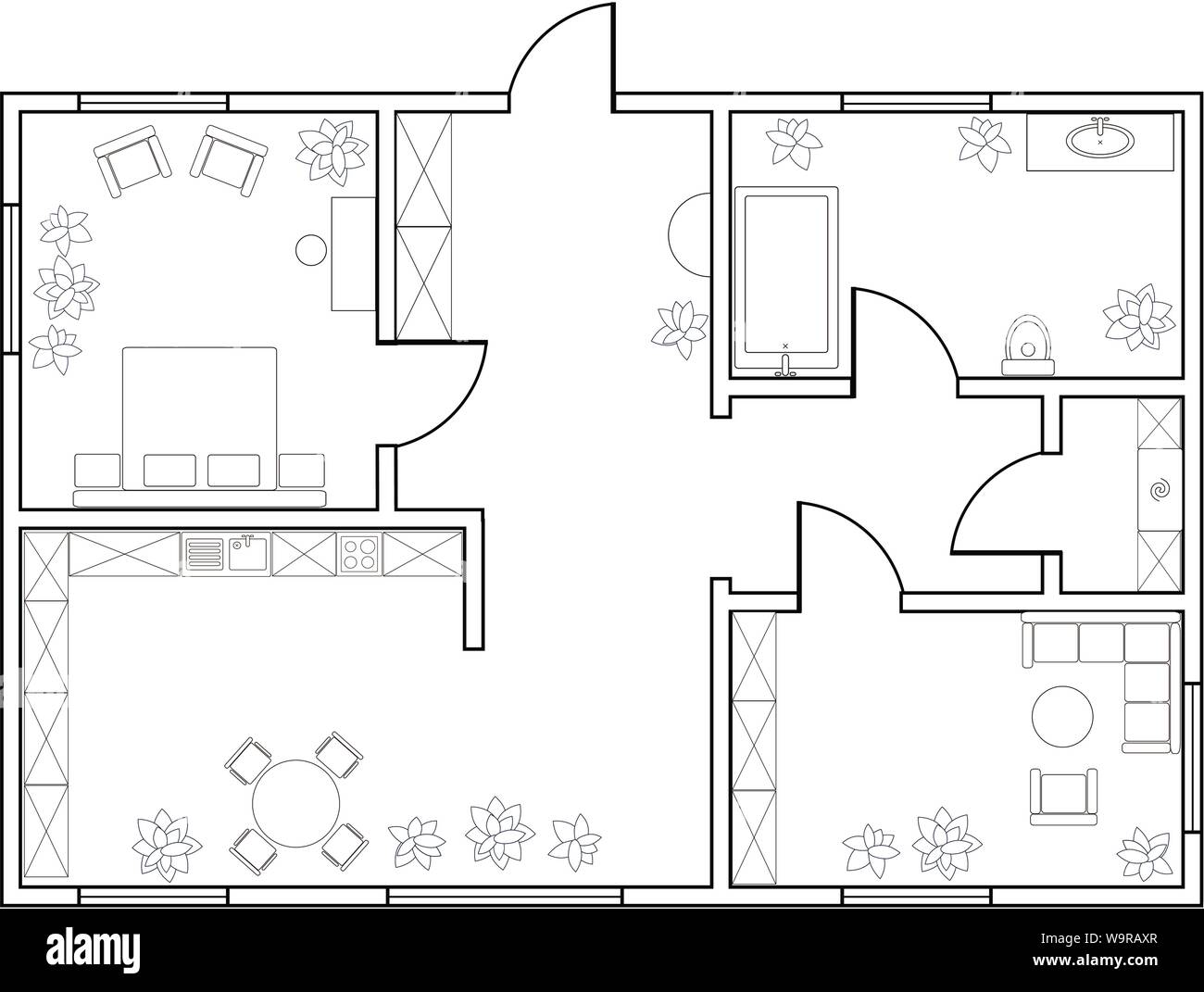

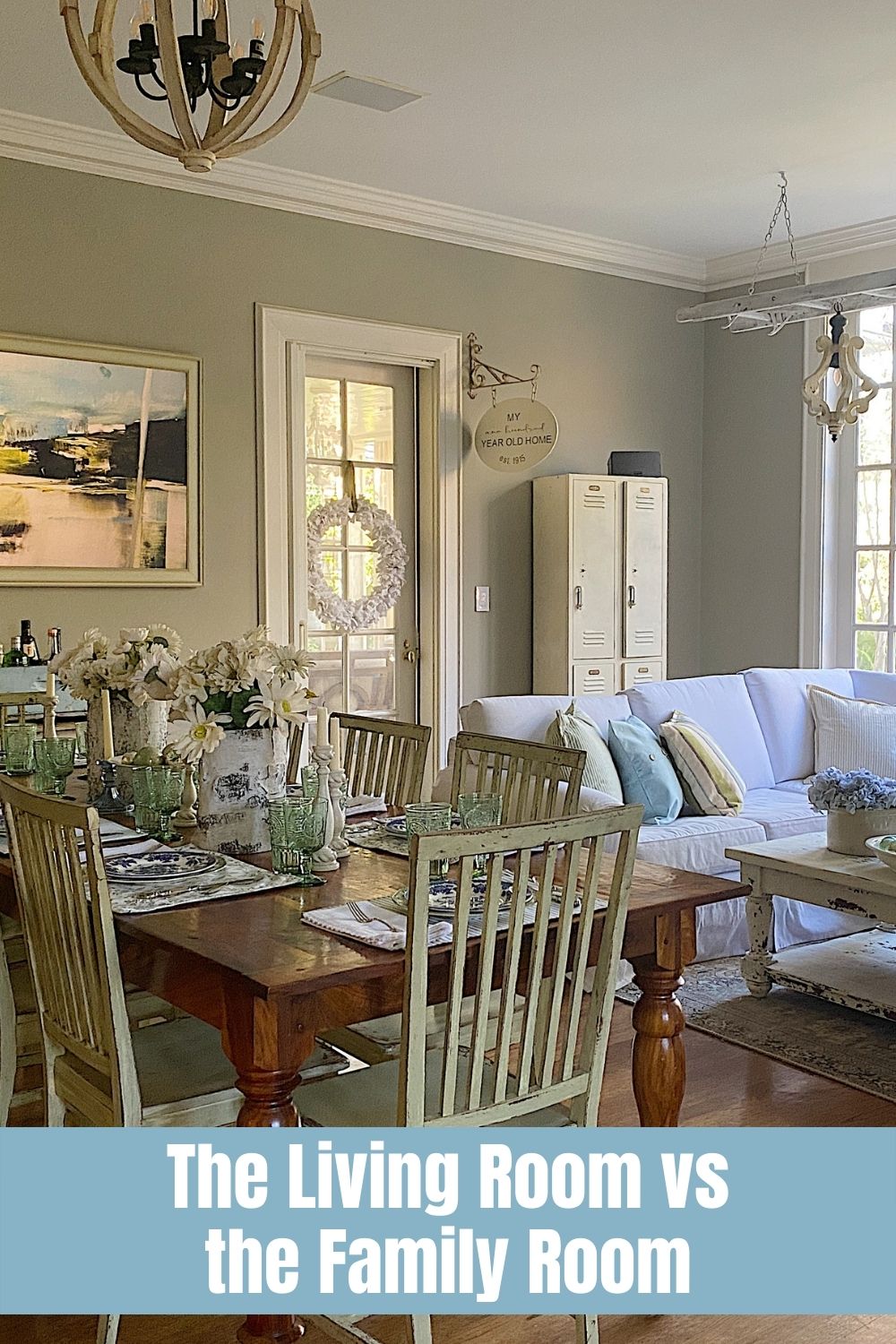

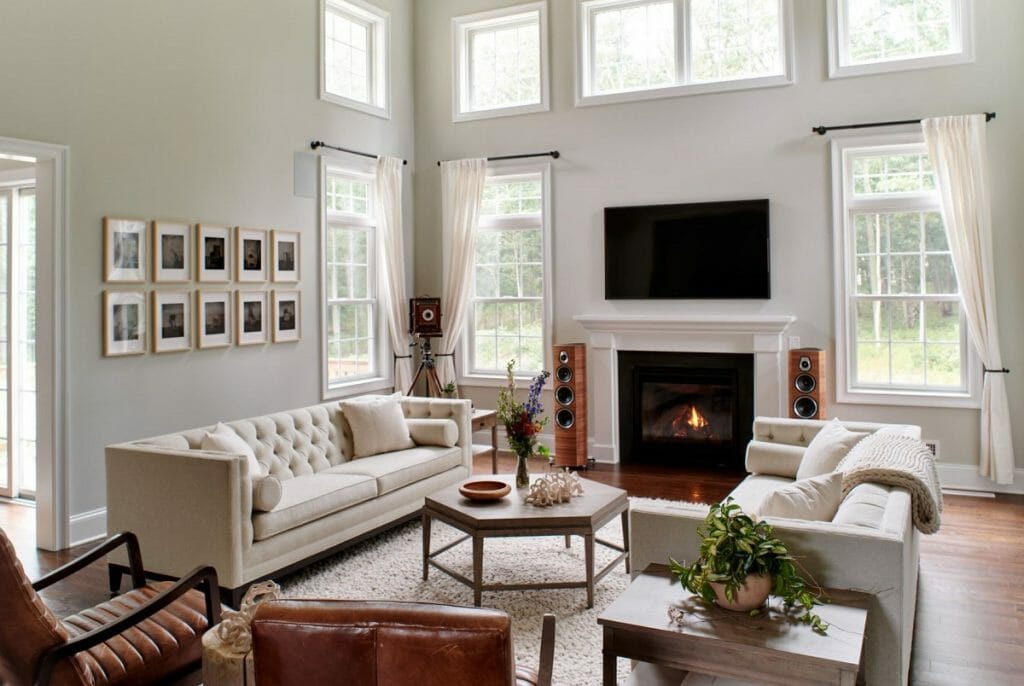

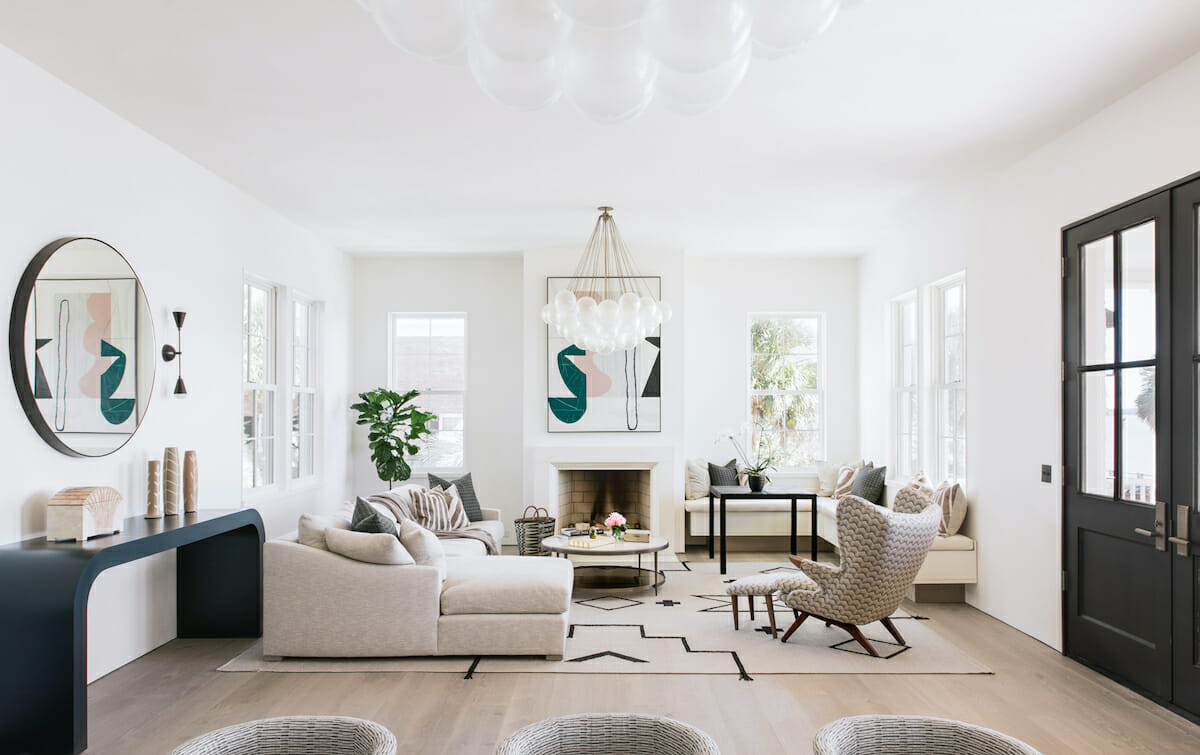



:max_bytes(150000):strip_icc()/Chuck-Schmidt-Getty-Images-56a5ae785f9b58b7d0ddfaf8.jpg)
